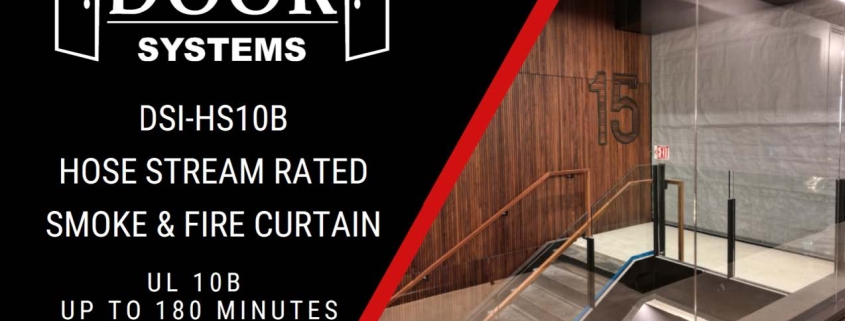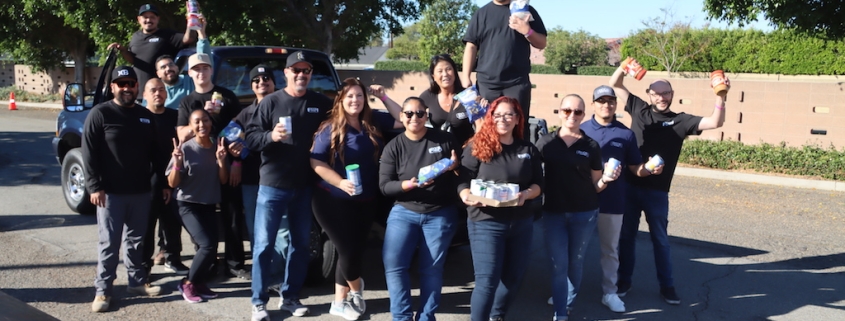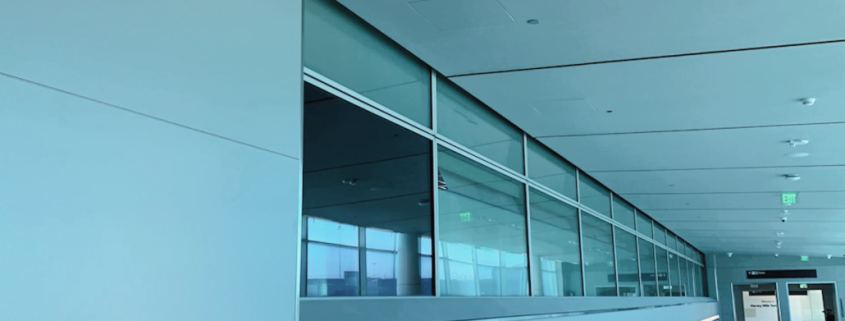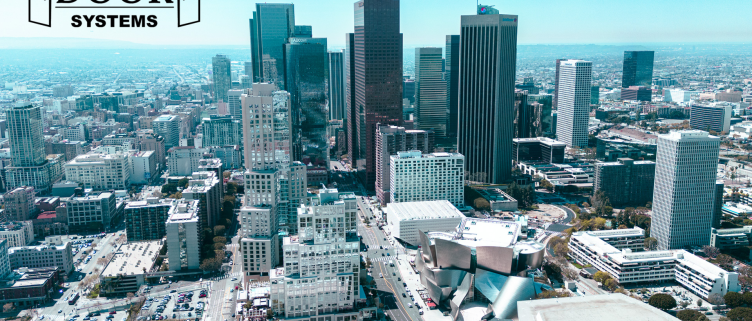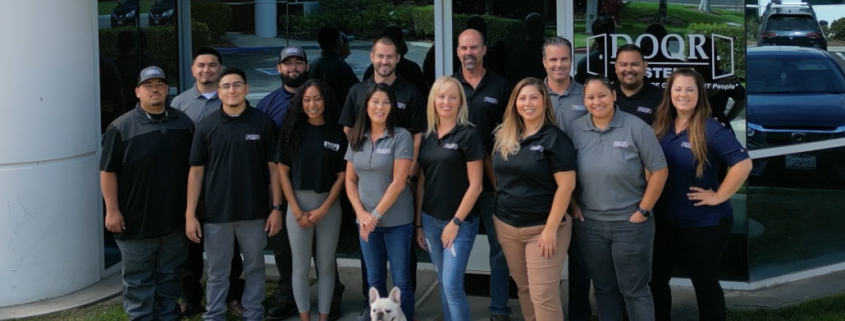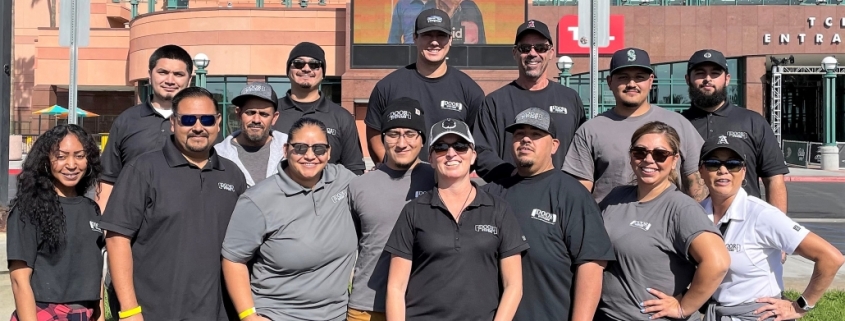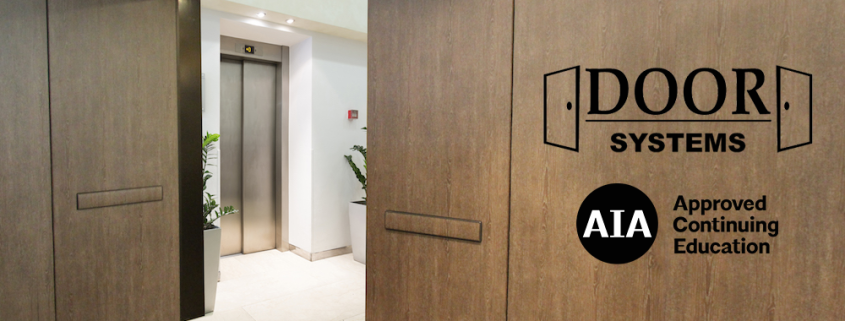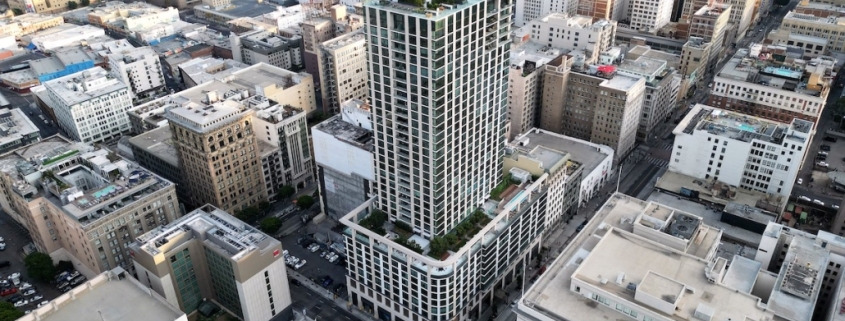A UL 10B rated fire curtain with a 180-minute rating!
The DSI-HS10B Hose Stream Rated Smoke and Fire Curtain incorporates the cutting-edge technology of our UL 10D fabric curtains but with the advantage of being code-compliant in any firewall rated up to 3 hours.
Compliant with:
• UL 10B: With Hose Stream – 180 minutes
• UL 1784: Air leakage test of door assemblies
• UL 864: Control Units for Fire Protective Signaling Systems
DSI-HS10B Fire Curtain can be used in firewalls and fire barrier walls as a replacement solution to traditional Coiling Steel Fire doors. The DSI-HS10B Fire Curtain uses stainless-steel wire reinforced glass fabric with a specially formulated, fire-retardant coating on both sides. That achieves a high-temperature resistance of up to 2012 °F and maintains integrity thanks to its UL 10B label, with up to 180-minute rating that includes the Hose Stream Test.

